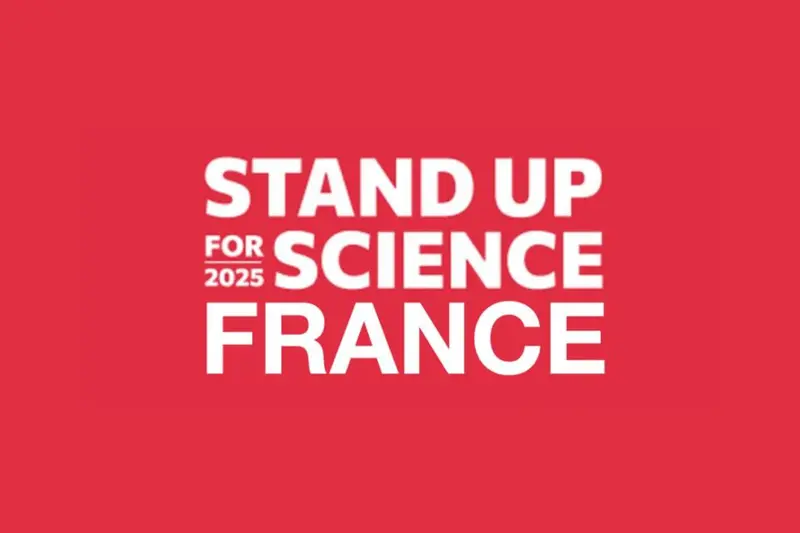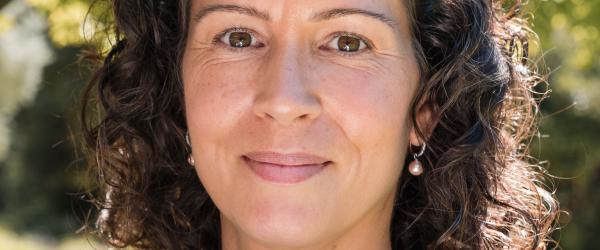"The story of C-tactile (CT) afferents and their implications for affective touch"
Quand : Lundi 2 Décembre de 11h à 12h en Salle des Voûtes. Accueil Café 15' avant.
Abstract: Since their initial discovery in cats, low-threshold C-fiber mechanoreceptors, known as C-tactile (CT) afferents in humans, have captivated researchers over their properties and potential role in affective touch. Researchers have been recording from CT afferents for over 30 years, yet only a handful of papers have described their characteristics. I will summarize these and extend our ideas on what we believe CTs to do. This ranges from their exquisite sensitivity to gentle stroking, through to their optimal activation at different temperatures. I will link this to perceptual studies using similar approaches and highlight what we know – and do not know – about the role of CTs in touch. Although CTs likely support gentle, positive affective touch encoding, affective touch is much more than this, as not every affective touch experience relies on CTs or must necessarily be pleasant.

